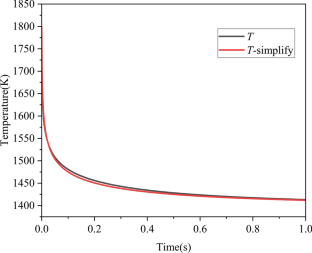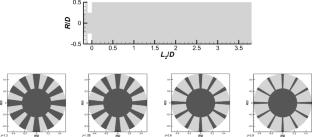Numerical Simulation Study on Plasma Rapid Heater of Methane
Abstract
In this paper, we present a plasma rapid heater (PRH) designed to uniformly heat methane with electric arc thermal plasma and reduce loss rate. Our model uses a simplified and detailed mechanism to analyze the rapid and intense mixing process between a plasma mainstream and circumferential cold jets of methane in a hydrogen environment. The research focuses on three areas: the plasma mainstream section, the circumferential jet mixing chamber, and the reaction chamber. We investigate the characteristics of the mainstream and explore the impact of the jet momentum ratio on the mixing process and the losses from methane heating. We explain these phenomena using Damkohler numbers to demonstrate the relationship from a time-scale perspective. The findings indicate that an increased momentum ratio improves mixing, reduces temperature and material non-uniformity, and minimizes losses from pyrolysis during methane heating. Additionally, we provide a formula for calculating the penetration depth of the jet. The examination of Damkohler numbers also suggests that the momentum ratio primarily reduces methane losses by extending the reaction time scale. This work offers guidance on extending the usage of plasma heaters and integrating them into other industry processes in the future.



 求助内容:
求助内容: 应助结果提醒方式:
应助结果提醒方式:


